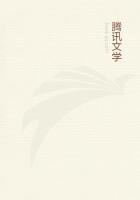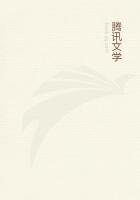4With the ostracoderma, or testaceans, such as the land-snails and the sea-snails, and all the 'oysters' so-called, and also with the sea-urchin genus, the fleshy part, in such as have flesh, is similarly situated to the fleshy part in the crustaceans; in other words, it is inside the animal, and the shell is outside, and there is no hard substance in the interior. As compared with one another the testaceans present many diversities both in regard to their shells and to the flesh within. Some of them have no flesh at all, as the sea-urchin;others have flesh, but it is inside and wholly hidden, except the head, as in the land-snails, and the so-called cocalia, and, among pelagic animals, in the purple murex, the ceryx or trumpet-shell, the sea-snail, and the spiral-shaped testaceans in general. Of the rest, some are bivalved and some univalved; and by 'bivalves' I mean such as are enclosed within two shells, and by 'univalved' such as are enclosed within a single shell, and in these last the fleshy part is exposed, as in the case of the limpet. Of the bivalves, some can open out, like the scallop and the mussel; for all such shells are grown together on one side and are separate on the other, so as to open and shut. Other bivalves are closed on both sides alike, like the solen or razor-fish. Some testaceans there are, that are entirely enveloped in shell and expose no portion of their flesh outside, as the tethya or ascidians.
Again, in regard to the shells themselves, the testaceans present differences when compared with one another. Some are smooth-shelled, like the solen, the mussel, and some clams, viz. those that are nicknamed 'milkshells', while others are rough-shelled, such as the pool-oyster or edible oyster, the pinna, and certain species of cockles, and the trumpet shells; and of these some are ribbed, such as the scallop and a certain kind of clam or cockle, and some are devoid of ribs, as the pinna and another species of clam.
Testaceans also differ from one another in regard to the thickness or thinness of their shell, both as regards the shell in its entirety and as regards specific parts of the shell, for instance, the lips; for some have thin-lipped shells, like the mussel, and others have thick-lipped shells, like the oyster. A property common to the above mentioned, and, in fact, to all testaceans, is the smoothness of their shells inside. Some also are capable of motion, like the scallop, and indeed some aver that scallops can actually fly, owing to the circumstance that they often jump right out of the apparatus by means of which they are caught; others are incapable of motion and are attached fast to some external object, as is the case with the pinna. All the spiral-shaped testaceans can move and creep, and even the limpet relaxes its hold to go in quest of food. In the case of the univalves and the bivalves, the fleshy substance adheres to the shell so tenaciously that it can only be removed by an effort; in the case of the stromboids, it is more loosely attached. And a peculiarity of all the stromboids is the spiral twist of the shell in the part farthest away from the head; they are also furnished from birth with an operculum. And, further, all stromboid testaceans have their shells on the right hand side, and move not in the direction of the spire, but the opposite way. Such are the diversities observed in the external parts of these animals.
The internal structure is almost the same in all these creatures, and in the stromboids especially; for it is in size that these latter differ from one another, and in accidents of the nature of excess or defect. And there is not much difference between most of the univalves and bivalves; but, while those that open and shut differ from one another but slightly, they differ considerably from such as are incapable of motion. And this will be illustrated more satisfactorily hereafter.















